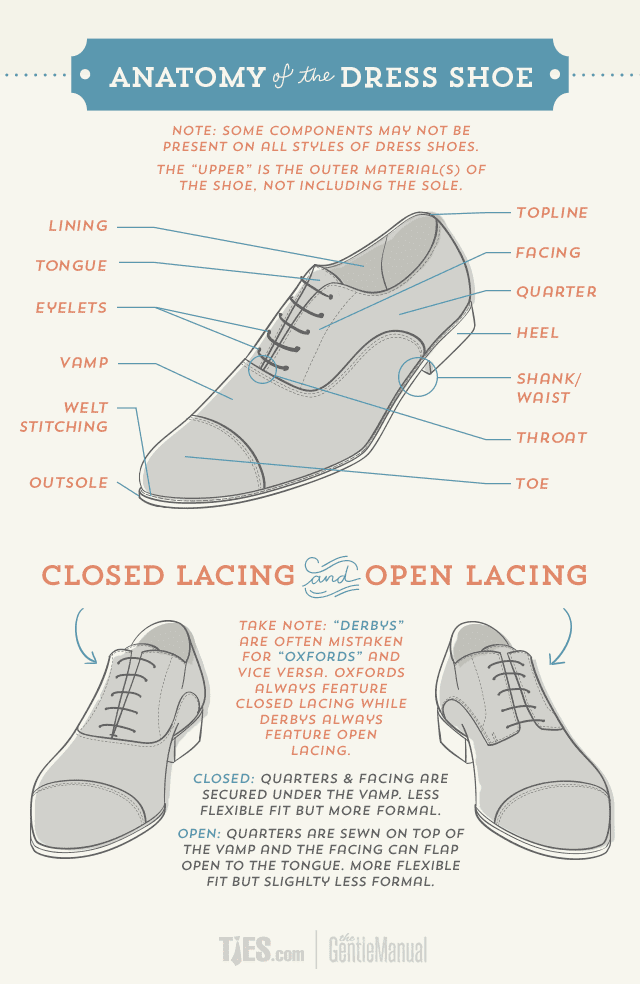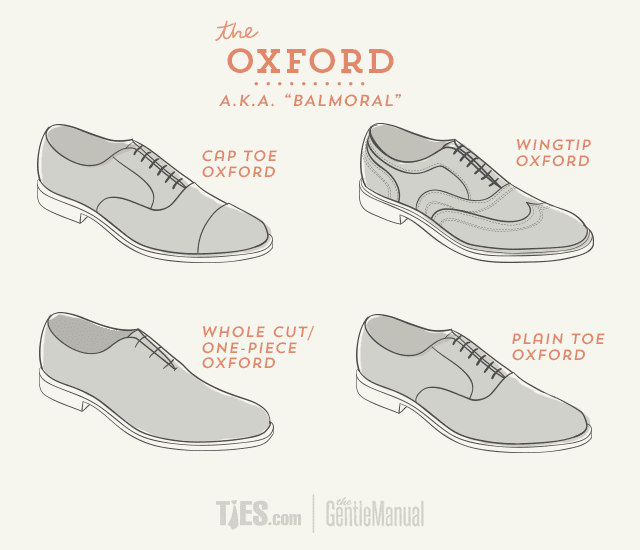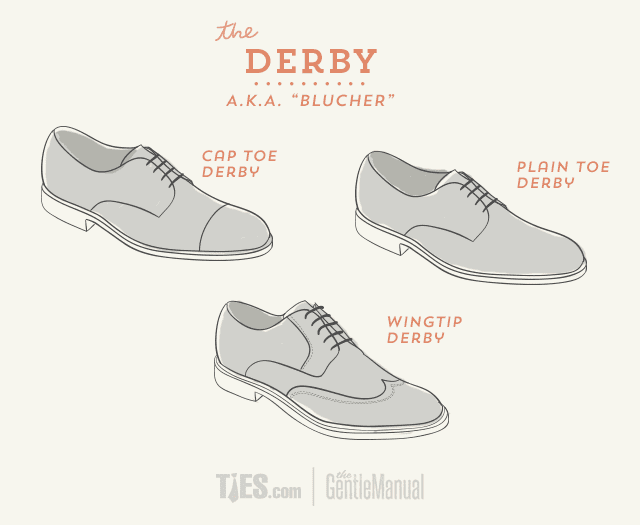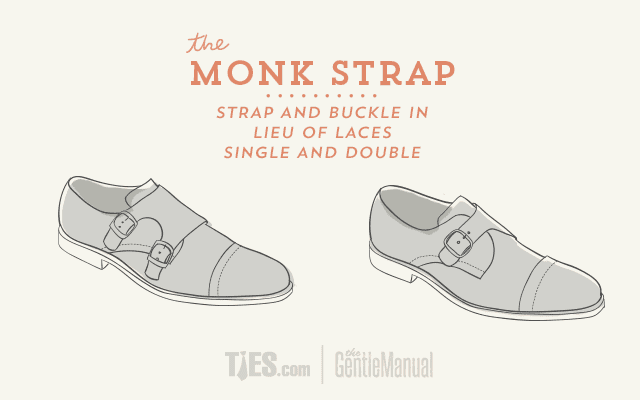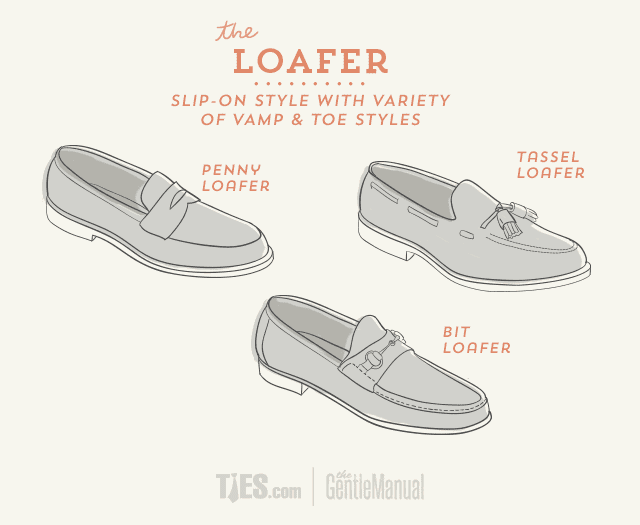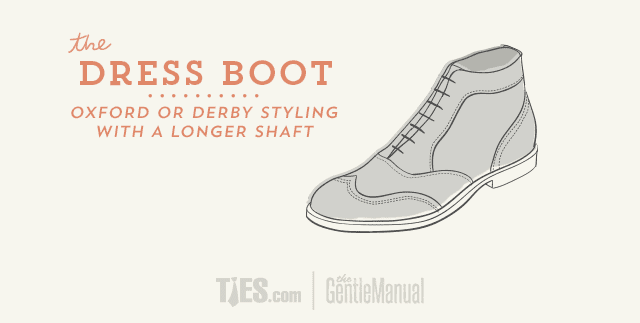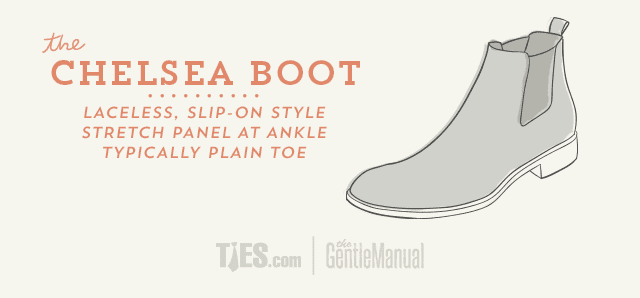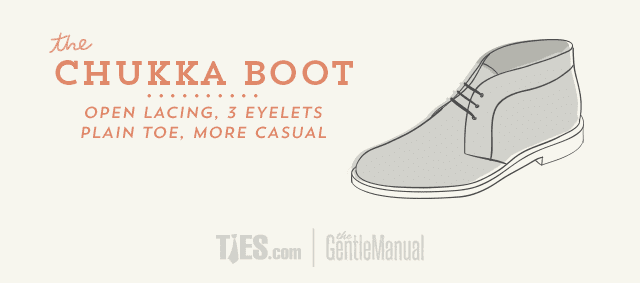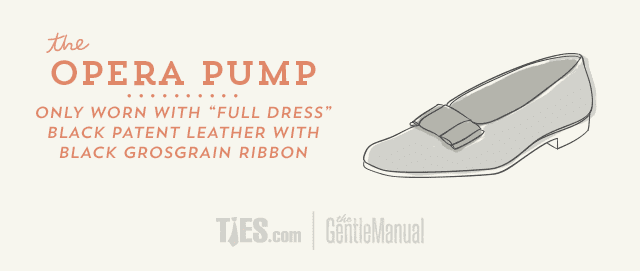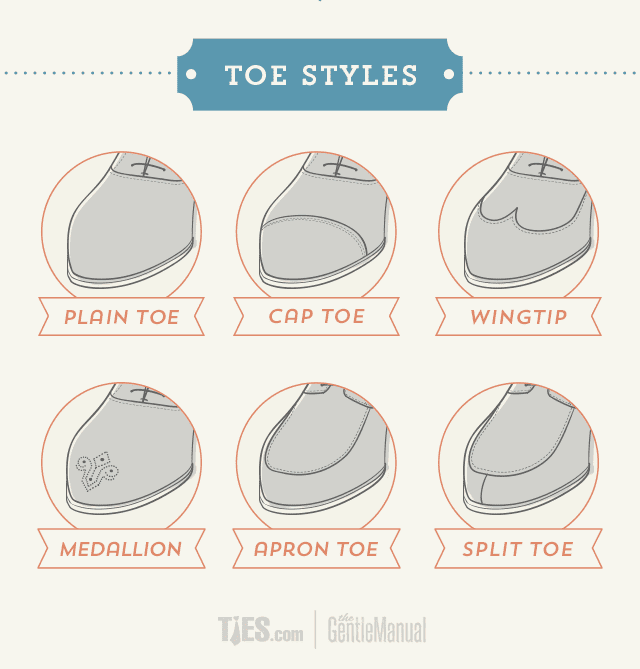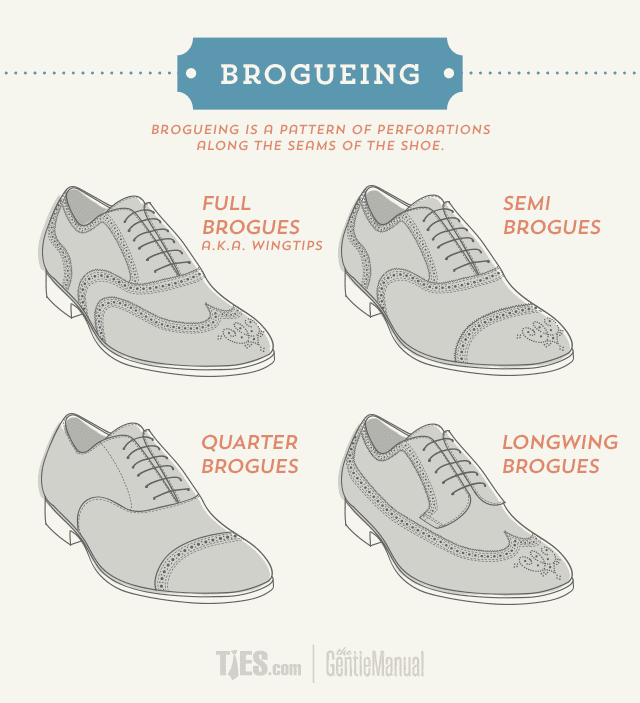





Sexy Halter Split-Front A-Line Ruched Floor-Length Evening Dress Designed Independently
Item Code: 10890278
DESCRIPTION
Season: Spring
Occasion: Pageant
Style: Chic, Modern
Hemline: Floor-Length
Neckline: Halter
Sleeve Length: Sleeveless
Waist: Natural
Back Details: Backless
Body Shape: Hourglass
Silhouette: A-Line
Embellishment: Ruched
PRICE: USD $86.39 BUY ON TIDEBUY
DRESS 4


DRESS 5


Elegant Sequins&Beading Sheath Knee-Length Short-Sleeves V-Neck Sandra's Formal Dress
Item Code: 09686740DESCRIPTION
Style: Classic: Timeless
Waist: Natural
Body Shape: All Sizes
Sleeve Length: Short Sleeves
Occasion: Formal
Hemline: Knee-Length
Embellishment: Pleats
Silhouette: Sheath/Column
Neckline: V-Neck
Season: Summer
Back Details: Zipper-up
PRICE : USD $98.59 BUY ON TIDEBUY
DRESS 6


Glittering Flower Sheath Scoop Neckline Lace Short Taline's Mother Of The Bride Dress
Item Code: 09672281
DESCRIPTION
Style: Chic, Modern
Waist: Natural
Body Shape: All Sizes
Sleeve Length: Sleeveless
Occasion: Office
Hemline: Short/Mini
Embellishment: Flower(s),Lace,Ruffles
Silhouette: Sheath/Column
Neckline: Scoop
Season: Summer
Back Details: Zipper-up
PRICE: USD $125.39 BUY ON TIDEBUY
This post features a selection of maxi gowns for dates, dinner parties and the rest of them and another set of gown suitable for office work.
To get to view other formal outfits on tidebuy click HERE
Hope you guys enjoyed the post.
Follow me on instagram and twitter @icelaw_
Facebook Page



